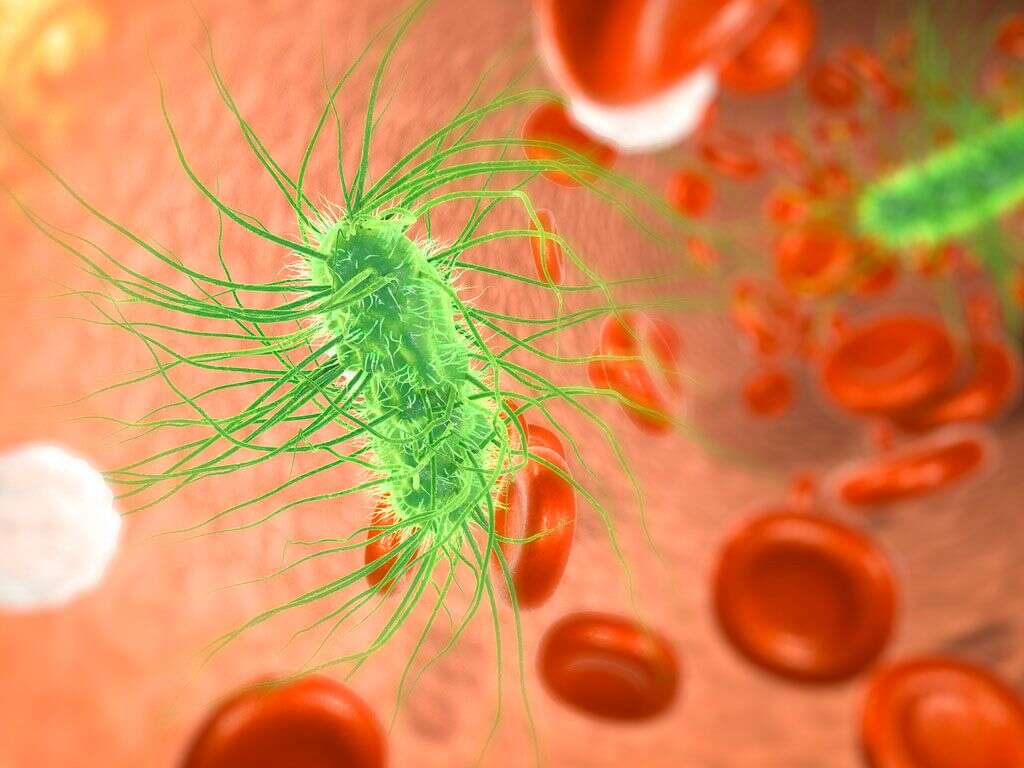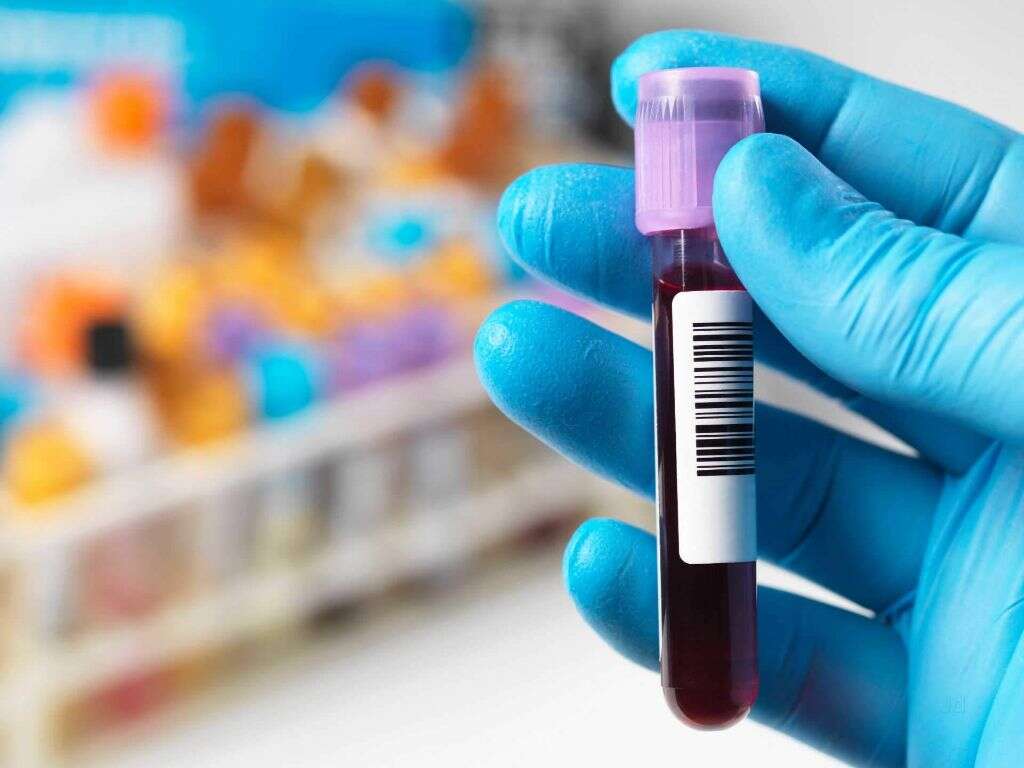What Is a Bacterial Infection?
Keeping in good health can often be challenging. This world is chockful of all manner of threats and illnesses. And despite our best efforts, all of us will suffer some type of illness in our lifetime. Bacterial infections are highly common and most people will suffer several bouts during their lives. Their level of impact on our health can greatly vary.
One factor that can affect this impact is our immune response. Our bodies have their own mechanism that fights against illnesses. Often we can endure mild illnesses without the need for medication or other intervention as our bodies capably tackle the infection and restore normalcy. Bacterial infections often trigger our immune systems and should be carefully handled, especially when of a moderate to severe nature.

1. What is bacteria?
Bacteria are microscopic single-cell organisms that can exist in all manner of environments, including on and inside our bodies. There is a vast variety of bacteria in the world, with most being harmless, while a tiny minority can cause damage. Some of the beneficial bacteria include those that live in the human gut, aiding in digestion. Harmful bacteria like Escherichia coli, or E. coli, can cause gastrointestinal problems.
Their appearance can greatly vary. While most bacteria cells will have ridged walls with thin flexible membranes protecting the fluid inside, they do come in different shapes. The most common being circular, cylindrical and spiral. There are 10 times as many microbial cells as there are human cells in the body, with the majority residing in the gut where they can easily access nutrients.
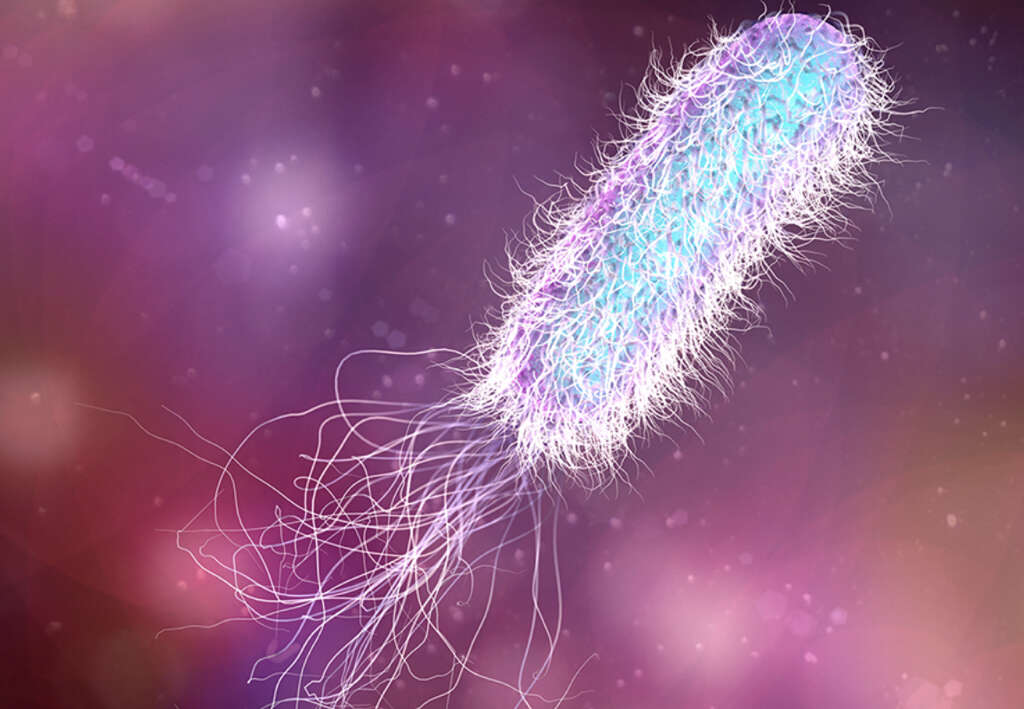
2. How bacterial infections work
When we talk of bacterial infections, we are referring to the harmful kind that causes illness. If the body’s immune system and other interventions are unable to handle bacterial infections, it can lead to sepsis. Bacterial infections can occur on any part of the body including on the skin, in specific organs, and throughout the bloodstream. Some common infections include urinary tract infections (UTIs), the flu, and dental abscesses.
The harmful strains of bacteria that cause infections must find an entryway into the body as they come from the outside. Some harmful bacteria can be contracted through breathing in certain particles in the air. Others can enter through a cut in the skin or from food ingested. They can infect any part of the body and can be highly contagious, especially if airborne.
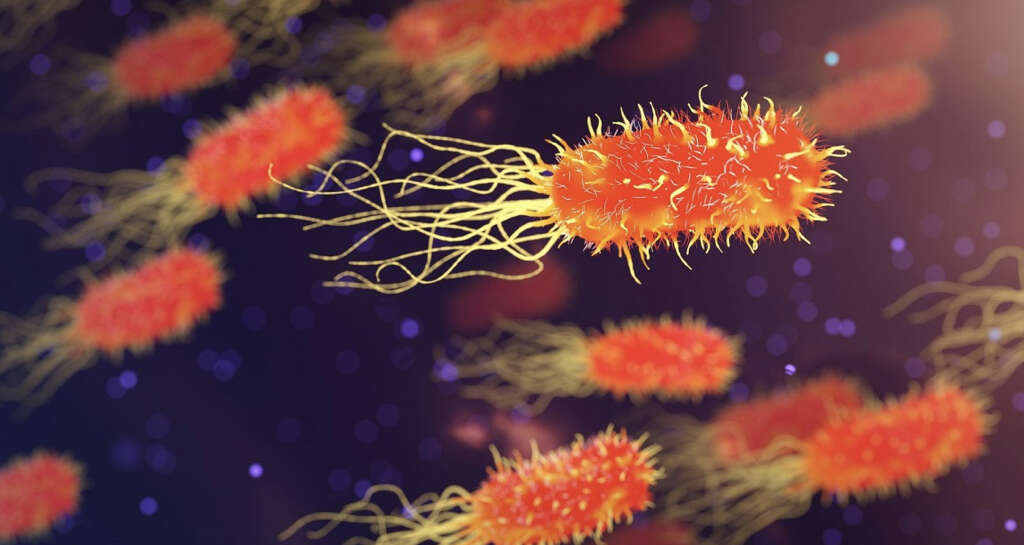
3. Generalized Symptoms
With so many different types of bacteria and illnesses that can result, it takes some skill to figure out the problem. There are however certain symptoms that can indicate an infection has taken hold of the body, even before knowing which particular bacteria is responsible. These symptoms are often an immune response of the body trying to fight back against the presence and growth of the harmful bacteria.
Some common generalized symptoms that occur across most infections include fever, sweating, chills, coughs, difficulty breathing, muscle aches, headaches, and fatigue. Fever, chills, and fatigue are the most common and will occur, no matter where in the body the infection is.

4. Localized Symptoms
Besides generalized symptoms, there are often localized indicators as to the location and nature of the bacterial infection. There is often pain centered on the body part or organ that is infected. For instance, with UTIs, there is often a burning sensation when passing urine and tenderness of the bladder. Pain in the abdomen is also common with food poisoning cases.
Infections that are closer to the surface of the skin will also often present with visible swelling and redness. Organ function can also be compromised with an infection. It can take time for digestion to return to normal with intestinal infections and for the difficulty in breathing to persist for a while with respiratory cases.

5. Bacterial Vs. Viral infections
Most illnesses are caused by either a bacterial or viral infection, which both appear as microscopic microbes. Not only can these infections often be transmitted in the same way, but they also often have similar symptoms. Fever, coughing, fatigue, and diarrhea are amongst the common indicators of both infections. They are often differentiated during diagnosis through physical exams and blood or urine tests, and biopsies.
These infections can however also differ. Viruses are typically much smaller than bacteria. While bacteria have a rigid wall and rubbery membrane, viruses only have a protective protein layer. Bacteria can survive in almost any environment, while viruses require a host. Viruses require a living host to which they can attach and replicate, or mutate. And while most bacteria are harmless, most viruses are harmful.

6. Types of Bacterial infections
The different types of bacterial infections are normally distinguished according to the part of the body they affect. As you would expect, bacterial skin infections affect the skin. From boils to impetigo, the symptoms can often be seen in the negative changes to the skin, such as swellings, blisters, and discoloration.
Intestinal bacterial infections are usually foodborne. This means the food and drink that is ingested is how harmful bacteria arrive at the gut. Abdominal pain, diarrhea, and vomiting are common symptoms. However, no matter the type of bacterial infection, there will almost always be the presence of generalized symptoms of fever, chills, and fatigue.

7. Diagnosis
Because bacterial and viral infections can often present similar symptoms, it is vital to use whatever diagnostic tools are available to make the right identification. The doctor will first take into consideration the symptoms and location of the pain. Blood and urine tests are also often recommended to help identify the bacteria and severity of the infection. This can include tests such as blood cultures, gram stain, white blood cell count, and immunoglobulins.
Oral and sexually transmitted infections can also require swabs. Where there may be an abscess some imaging, such as an ultrasound, may be ordered. Once confirmation is made, antibiotics can then be prescribed. Though it may be painful, doctors do prefer waiting for test results before giving prescriptions because of the danger of antibiotic resistance.

8. Sepsis
Sometimes localized infections can escalate and move into the bloodstream. This is a dangerous situation that can turn life-threatening. This massive inflammatory reaction is referred to as sepsis. If it persists, it can result in septic shock that can cause massive organ failure and eventual death. It is often accompanied by low blood pressure that can be difficult to treat.
With low blood pressure, there can be reduced delivery of oxygen around the body. This is what causes multiple organs to begin to fail, including the heart. There is also often rapid breathing and heart rate to contend with. Treating the underlying infection and managing blood pressure and oxygenation problems is vital for this condition.
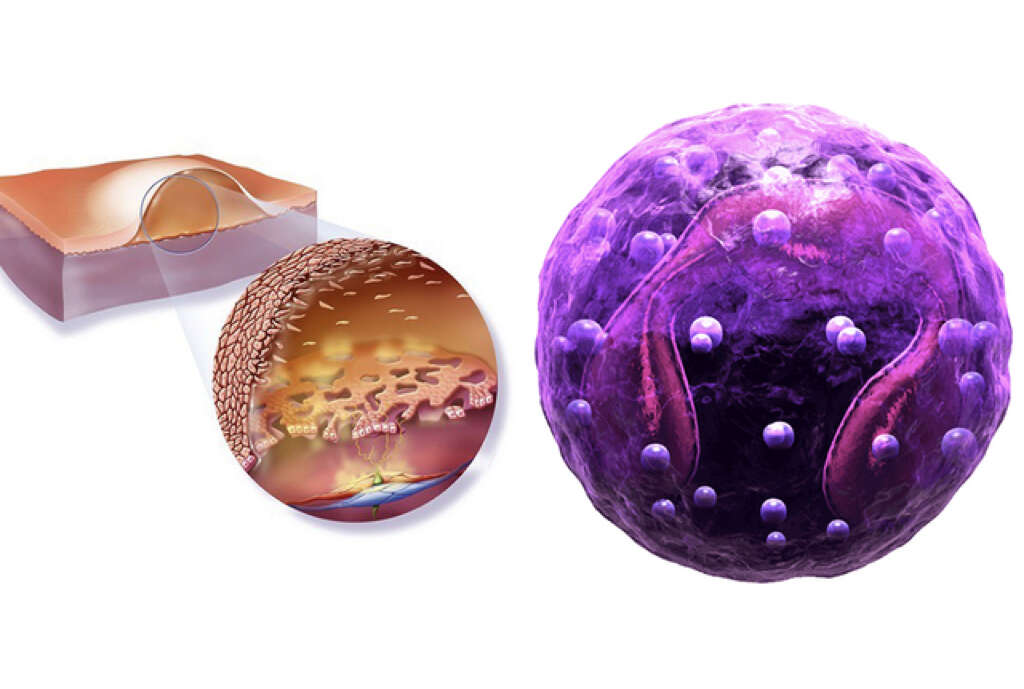
9. Antibiotics
The correct diagnosis of bacterial infections is very important. When doctors can confirm that you are suffering from a bacterial infection, then they can reliably prescribe the right antibiotics. This is important because antibiotics are only effective on bacterial and not viral infections. Making a wrong diagnosis can lead to the overuse of antibiotics that can make a person resistant to their efficacy. This means the next time they use the antibiotics, even with a correct diagnosis, the impact will not be as hoped.
This can make any future treatment of bacterial infections more complicated and increase the likelihood of a person developing sepsis. Antibiotics have been a medical breakthrough that has saved many lives. Their ingestion should however only be under a doctor’s supervision. Self-medicating can unknowingly lead to an inability to get relief from these medications when most needed.

10. Good bacteria
Our bodies host a large number of bacteria. They are typically either harmless or actually beneficial to our health. Most of us are familiar with the good bacteria that live in our intestinal tracts and helps with digestion. When well-balanced, bacteria can also boost the body’s immunity, fight cancer, combat harmful bacteria, and aid in the absorption of certain vitamins and nutrients.
To keep good bacteria working well, it is advisable to maintain a healthy diet that is low sugar and high fiber. It is also important to try and limit antibiotic use as it can kill both good and bad bacteria. Lowering stress has also been found to help in sustaining a healthy gut.





